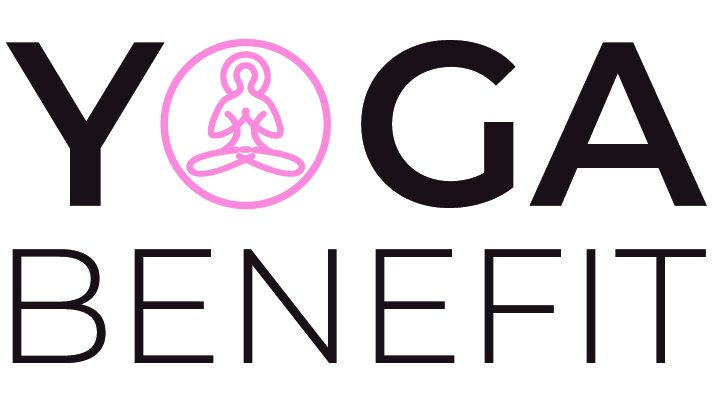A question I often get. It is easy to see that nearly 80% of yoga training participants are in their twenties or thirties. One would naturally ask, “What is the ideal age for a yoga teacher training?”

This topic cannot be continued without addressing the four stages of yoga, also called the four Ashramas. Traditional Indian culture offers a framework for spiritual aspirants to plan their lives. Each stage identifies a level of spiritual practice, paired with a list of social responsibilities and personal duties. These four Ashramas enable the aspirant to live a rich spiritual experience and provide clear steps towards Self-Realization. Here is the way that late yoga guru BKSIYENGAR described the four stages in his book, Life on Wisdom: A Yoga Journey to Wholeness and Inner Peace.
- Brahmacaryasrama (Student)
This is the first stage that takes us from childhood through adolescence and into adulthood. This stage allows for the integration of traditional knowledge from parents or spiritual teachers. Brahmacarya is self-control, discipline and continence. Wisdom during this stage is patience, kindness, and respect for our elders. This is the foundational pillar for spiritual practice in the other three stages.
- Grhasthasrama (Householder).
The second stage in life is when one earns a living and enjoys the pleasures of the rest of the world. Gri is a word that means house. You are a householder, possibly with a spouse or children. This stage is for you to use the knowledge, training, discipline and knowledge from the previous stage to support a family and enjoy sensual pleasures. In this stage ‘…Iyengar stressed that the other bank containing the river of wealth and pleasure. This stage helps us cultivate love, forgiveness and compassion to overcome our natural instincts of greed and self-centeredness. Parents will tell you that their children’s priorities are higher than their own. A householder is someone who strives for spirituality in the face of all worldly temptations.
- Vanaprasthasrama, (Hermit)
This is the third stage of progressive letting go. Vanaprasthasrama, a transition stage, is when one starts to let go of social responsibilities slowly. It could be a transition stage for a businessperson that involves letting go of the business to a youngster or allowing a parent to let their children become independent and participate in society. This stage is not like retirement in the West. It’s a spiritual stage that involves learning and growth.
- Samnyasa (Renunciate)
The final stage of the Ashramas is when the yogi gives up all other pursuits and devotes himself to yoga’s ultimate goal, Self-Realization. Iyengar described the final stage of the Ashramas as “ultimate separation, freedom, purity and readiness for death.” A yogi does not face death with fear. Instead, he continues to serve God through his devotion (bhakti), and reunites with the Oneness that he has identified as the Supreme Reality. Ashramas have lost their significance over time due to Western influences and the decline of the caste system. Yoga is now a way of life, not a lifestyle. It is not the same as asking if there is an ideal time to take a yoga teacher course. Through a yoga teacher training, you would be able to learn the same knowledge that a traditional yogi would have in the first Ashrama. This would include establishing a practice, proper meditation techniques and philosophy. A teacher training program is a great way to start your spiritual journey toward Self-Realization.
